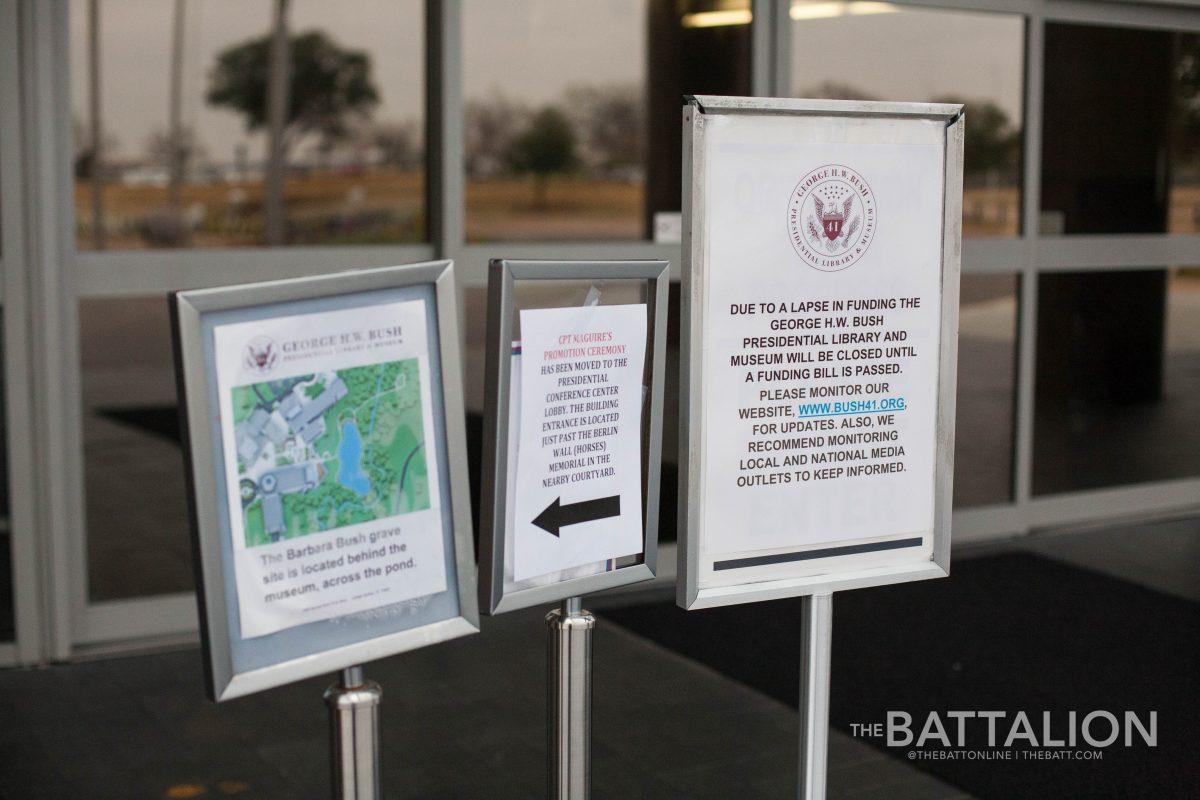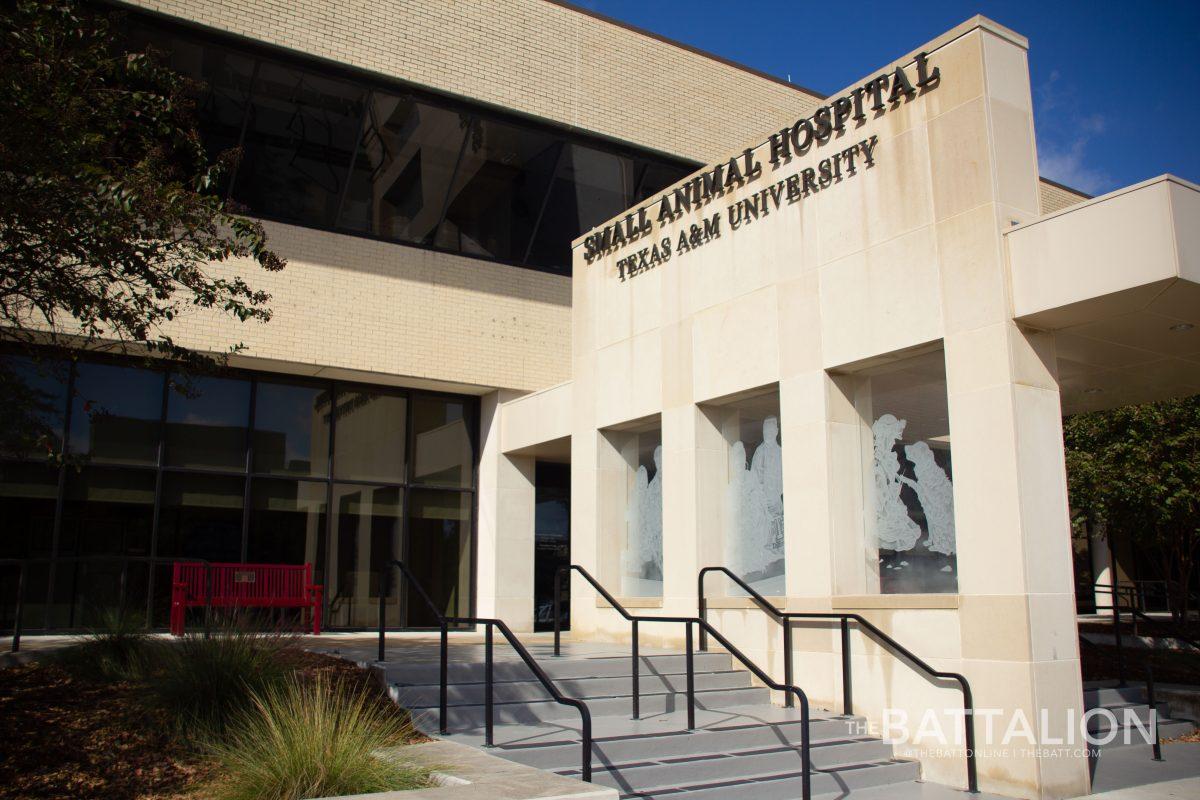As the longest federal government shutdown in U.S. history continues, local federal workers and the community are feeling the effects.
The government shutdown began Dec. 22, 2018 and became the nation’s longest on Jan. 12. The shutdown was sparked by a budget dispute between President Donald Trump and Congress, as the president stated he would not approve critical funding legislation unless it included $5.7 billion for a barrier along the U.S.-Mexico border. There are 800,000 federal employees who are directly affected by the shutdown which will likely lead to major economic consequences.
Associate professor of political science Joseph Ura said the opportunity for a quick end to the shutdown has passed as the new Congress is now sworn in, with Democrats taking control of the House of Representatives. When the shutdown started, Republicans controlled both the House and Senate.
“Now the new Congress is coming in, it may even be more difficult to resolve the shutdown because the Democratic majority is going to answer to a constituency that has a pretty low tolerance for making a political deal — especially on border security if it involves a wall or some other kind of physical boundary because the issue has become so deeply symbolic of overall disagreement with the administration on lots of issues,” Ura said.
Larry Napper, professor of the practice of international affairs at the Bush School of Government and Public Service at A&M, worked as a foreign service officer for 31 years. Throughout those three decades, he worked at the State Department, which is currently shut down among many other federal offices.
“This shutdown is a little different than other ones,” Napper said. “In most previous cases, the entire federal government was shut down when we had these kinds of events. In this case, the shutdown is a little more selective because there were several departments, including the Department of Defense, which were already fully funded for the current fiscal year before this standoff began. It’s sort of a differentiated shutdown in the sense that some departments like DOD are fully funded and functioning, and others like state and treasury are limping along with only workers who are declared to be essential for public safety.”
Napper said the reason for this shutdown is also unique because it is a single-issue shutdown. In the past, government shutdowns have been about broader topics such as the overall level of government spending.
“This one is over a more specific issue, which is the President’s demand for a specific part of money to build this physical barrier that he wants,” Napper said.
The White House is making a case that there is a crisis at the border, said Brittany Perry, instructional assistant professor of political science, This claim is defined by the idea that there are high quantities of undocumented individuals and drugs coming across the border. However, Perry said the data proves otherwise.
“If you look at the data, we’re actually seeing the number of people crossing the border illegally decline significantly over time,” Perry said. “In terms of regulation of drugs, if we want to think of that as a national crisis, we’re not actually catching that many people with drugs in between those legal ports of entry into the United States. So what that goes to say is our legal ports of entry are kind of working because that’s catching the drugs, that’s serving as a barrier that we need.”
People could be unable to receive assistance from federal services like the Supplemental Nutrition Assistance Program. In Congressional District 17 — which includes Brazos County — over 24,000 households depend on SNAP benefits, according to a 2018 report from the USDA.
“The longer this goes on, the more we’re going to see consequences,” Perry said. “Not just in terms of things like longer lines at airports or ‘we can’t go to our favorite national park,’ but things like our inspection of our food quality could go down, and that’s something that could affect everyone.”
In Bryan-College Station, the university and federal government offices will feel the effects of the shutdown as well, if they haven’t already. The George Bush Presidential Library and Museum’s main exhibit area is closed, though the Rotunda and Bush gravesite remain open. According to Napper, funds for research in a range of fields depending on federal grants could run out.
“The university’s operations are going to be increasingly affected the longer this goes on,” Napper said. “For instance, many of the federal grants that fund research in the university in a wide variety of fields, from the physical sciences to the social sciences, are going to dry up, causing real disruptions in the research program at a major tier-one institution like Texas A&M, much of which depends on federal funding.”
Certain federal workers such as TSA screeners are still being told to work despite not being paid. In the long run, if government employment is less reliable than private sector work and continues to be less lucrative, it may be harder to recruit talented people into public service, according to Ura.
“Their bills don’t stop and that’s going to create a lot of pressure on them,” Ura said. “In the short run, there’s going to be a lot of stress in our community and in any community that depends on jobs that are associated with the federal government.”
Texas A&M professors discuss national and local impacts of government shutdown
January 16, 2019
Photo by Photo by Cassie Stricker
Signs in front of the George Bush Presidential Library and Museum direct visitors to the Bush family gravesite behind the pond and explain why most of the museum is currently closed.
0
Donate to The Battalion
$2790
$5000
Contributed
Our Goal
Your donation will support the student journalists of Texas A&M University - College Station. Your contribution will allow us to purchase equipment and cover our annual website hosting costs, in addition to paying freelance staffers for their work, travel costs for coverage and more!
More to Discover










